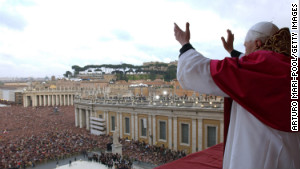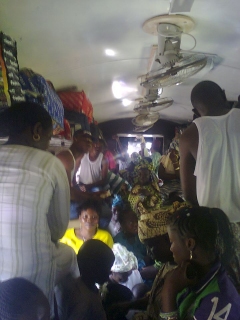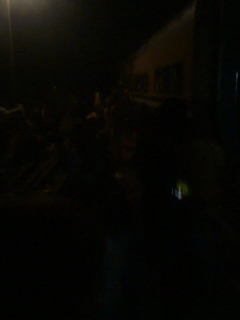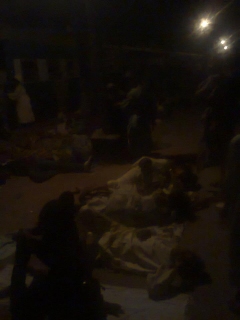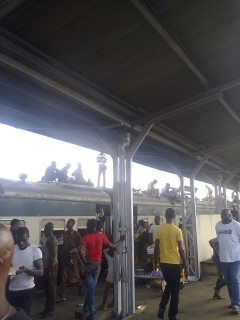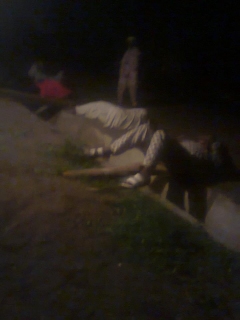
In an unexpected move, Pope Benedict XVI -- born Joseph Ratzinger -- has announced that he is to resign. Benedict was elected pope in 2005 after the death of Pope John Paul II. We explore what the surprise announcement means for the Catholic Church.
Why has Pope Benedict XVI
resigned?
In his statement, Pope Benedict -- who turns 86 in April --
said he had come to the certainty "that my strengths, due to an advanced age,
are no longer suited to an adequate exercise of the Petrine ministry."
Vatican spokesman the Rev. Federico Lombardi said Pope
Benedict had the right and potentially the duty to resign.
But he stressed that the pope's
decision was not because of any external pressure.
Is the pope in poor
health?
Lombardi told reporters the pope
was not unwell.
"There isn't any disease
specifically -- it's all to do with deterioration and weakness in his body, as
the holy pontiff has said in his statement," he said.
Lombardi said the battery in the
pope's pacemaker -- which he has had since he was a cardinal -- had been
replaced in the last few months, but he stressed that it was a routine
procedure.
When will he step
down?
The pope said that he would step
down at 8:00 p.m. on February 28, Rome time.
Lombardi said as far has he
knew, the day was "just an ordinary day" without particular significance but
that Pope Benedict might have chosen it to ensure a new pope was in place for
Easter.
He said he understood the pope
usually finished his working day at 8:00 p.m. which was why he had chosen that
specific hour to step down.
Is it normal for popes
to resign?
It is the first time a pope has
resigned in nearly 600 years.
The last pope to resign was Pope
Gregory XII in 1415. He stepped down to end the "Great Western Schism" -- during
which there were rival claims to the papal throne.
In 1294, Pope Celestine V
resigned after only five months, preferring the simple life of a monk to the
majesty of being pope.
According to the National Catholic Weekly, modern popes have felt that
resignation is unacceptable and could encourage factions within the church to
pressure pontiffs to step down.
Canon
law states that a resignation must be made freely and properly manifested
and that the pope resigning must be of sound mind.
When will the next pope
be elected?
A meeting of the College of
Cardinals to elect the next pope will be held. The gathering is known as a
"conclave."
Vatican spokesman Federico
Lombardi said there would be elections some time in March and he anticipated
that there would be a new pope before Easter.
Lombardi said Vatican scholars
were studying the constitution to determine exactly when the conclave would
begin.
What is the election
process?
By law, the conclave begins in
the Sistine Chapel. On that morning, the cardinals will celebrate the Votive
Mass, "Pro Eligendo Papa." That afternoon, the cardinals begin the election
process.
The cardinals draw lots to
select three members to collect ballots from the infirm, three "tellers" to
count the votes and three others to review the results.
Blank ballots are then prepared
and distributed. The ballots are rectangular in shape and must bear in the upper
half, in print if possible, the words "Eligo in Summum Pontificem," meaning "I
elect as supreme pontiff." The electors write the name of the candidate on the
lower half and fold it in two.
After writing the name of one
man on his ballot, each of the active cardinals -- those under 80 years of age
-- walks to an altar in order of seniority and pledges to perform his duty with
integrity. Each cardinal then places a folded ballot containing his choice onto
a small disc made of precious metal and drop it inside a chalice.
After all votes are cast, the
tellers tally the ballots and the result is read to the cardinals. If a cardinal
receives two-thirds plus one of the votes, he is the new pontiff.
If there is no winner, another
vote is taken. If there is still no winner, two more votes are scheduled for the
afternoon.
How is the result of the
vote broadcast?
After the votes are counted each
time, the ballots are burned. If there has been no winner, a chemical is mixed
with the ballots to produce black smoke when they are burned.
Sight of the black smoke
emerging from the roof of the Vatican Palace tells those waiting in St. Peter's
Square that a pope has not yet been selected.
When a winner has been selected,
the ballots are burned alone, and the white smoke indicates there is a new
pope.
What do you
think of the Pope's decision?
What will the pope do
until he officially steps down?
Lombardi said the pope's
appointments up until the end of February -- including audiences with the
presidents of Romania and Guatemala -- had been confirmed.
On February 27, the pope's last
general audience will take place. Lombardi said the Vatican was trying to
arrange for it to be held in St Peter's square so that more people could attend
and "to make it a sort of tribute to the holy pontiff."
CNN
